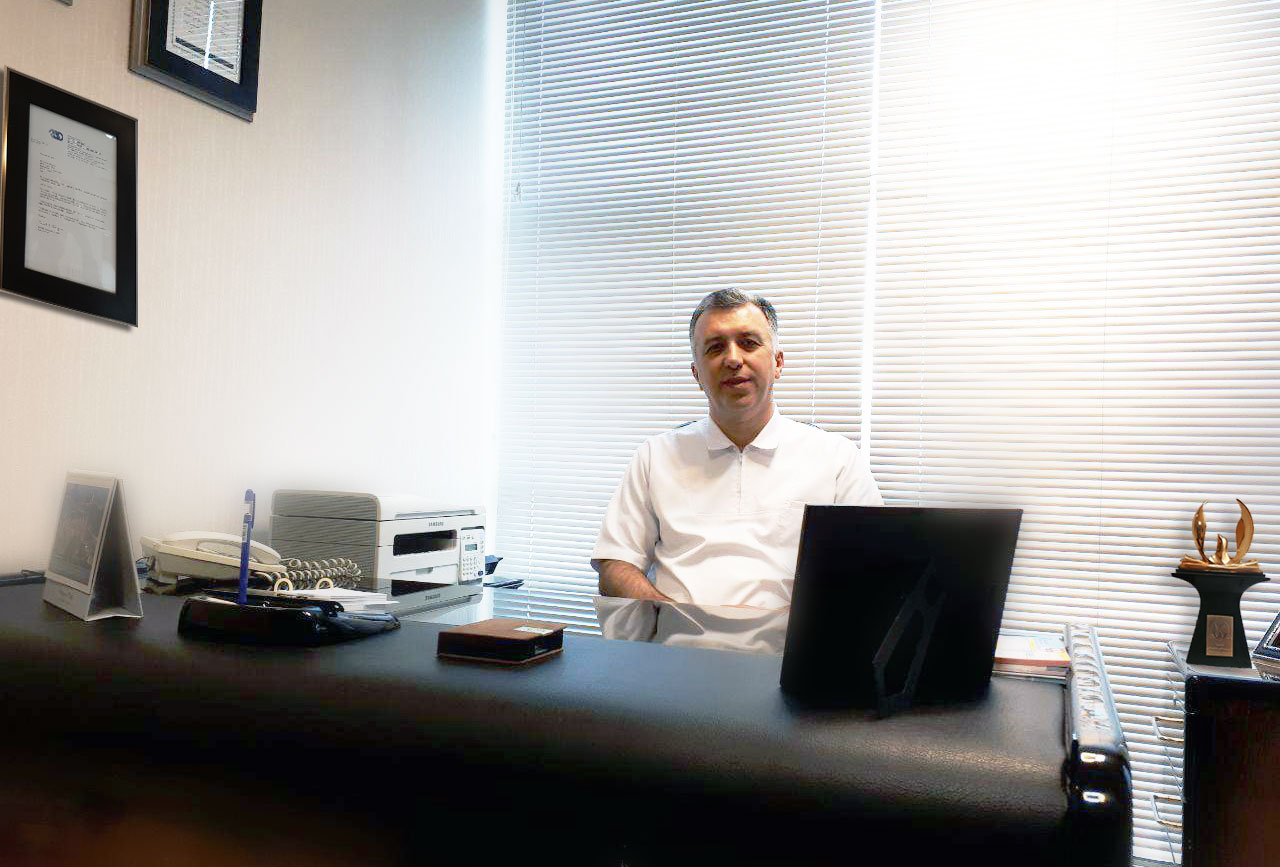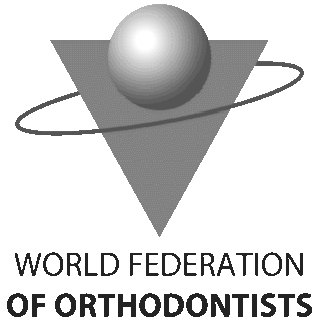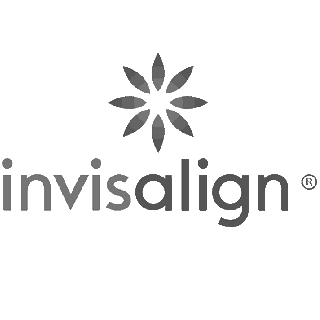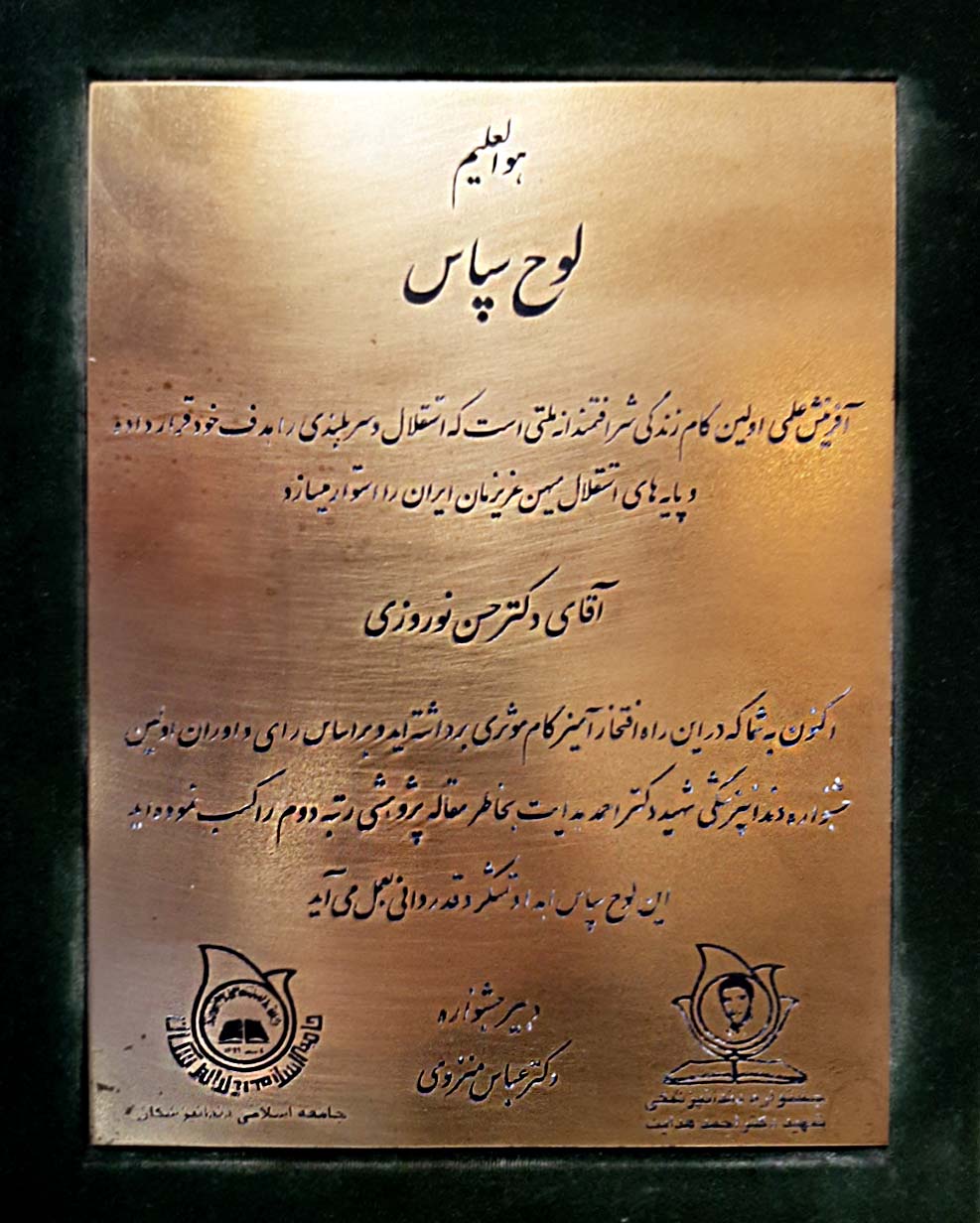Dr. Hassan Noroozi
Orthodontist
Dr. Hassan Noroozi graduated from the Faculty of Dentistry of Tehran University of Medical Sciences in 1996 and graduated from the same university in 2001 with a degree in Orthodontics. Dr. Noroozi is an expert in Orthodontics and an International Advisor to the American Academy of Orthodontics, as well as an advisor to the Japan Orthodontics Association.
He has been an assistant professor and faculty member of Tehran University of Medical Sciences since 2001 as well as an assistant professor and a member of the Shahed University of Medical Sciences.

Language Skills
- Persian
- English
Education
- Degree: DDS, MSC
- Specialty: Orthodontics
- Undergraduate Study: Tehran University of Medical Sciences
- Postgraduate Study: Tehran University of Medical Sciences
Experiences
- Private practice, Tehran, Iran
- Assistant Professor, Dental Research Center, Tehran University of Medical Sciences
- Assistant Professor, Department of Orthodontics, Faculty of Dentistry, Tehran University of Medical Sciences
Positions Held
- Assistant Professor, Dental Research Center, Tehran University of Medical Sciences
- Consultant, American Journal of Orthodontics and Dentofacial Orthopedics
- Consultant, World Journal of Orthodontics
- Consultant, Japanese Orthodontic Society
- Consultant, Journal of Computer Methods and Programs in Biomedicine
- Consultant, Wave Orthodontics
Computer Knowledge
- Software Developer "Peripheral Arch Calculator"
Described in Am J Orthod Dentofacial Orthop. 2002 Dec;122(6):601-7. - Software Developer "Orthodontic Treatment Planner"
Described in Am J Orthod Dentofacial Orthop. 2006 Jun;129(6):834-7.Available in: http://drc.tums.ac.ir/english/content/?contentID=116
Honors, Distinctions, and Scientific Societies Membership
- Recommendation from Professor William R. Proffit Kenan Professor of the University of North Carolina
- Recommendation from Professor Robert J. Isaacson Editor-in-Chief of the "Angle Orthodontist" journal
- Fifth person in Entrance Examination of Iranian Universities (1990)
- First person in Dentistry Entrance Examination of Iranian Universities (1990)
- Second person in Specialty Entrance Examination of Iranian Universities (1998)
- First prizewinner in sixth Razi Medical Sciences Festival (Admired Young Researcher)
- Second prizewinner in first Hedayat Dentistry Festival
- Third prizewinner in second Hedayat Dentistry Festival
- First prizewinner in fifth Hedayat Dentistry Festival
English Publications
The use of artificial intelligence for diagnosis and treatment planning in orofacial disharmonies.
In: Taggart JC. Handbook of Dental Care: Diagnostic, Preventive and Restorative Services. Nova publishers, NewYork, 2009.
Software design for smile analysis.
Sodagar A, Rafatjoo R, Gholami Borujeni D, Noroozi H, Sarkhosh A.
J Dent (Tehran). 2010 Fall;7(4):170-8. Epub 2010 Sep 30.
PMID:21998792[PubMed] Free PMC Article
Comment on “Evaluation of dental arch width and form changes after orthodontic treatment and retention with a new computerized method.”
Taner TU, Ciger S, El H, Germec D, Es A.
Am J Orthod Dentofacial Orthop. 2004 Oct;126(4):475-6.
PMID: 15470349 [PubMed - indexed for MEDLINE]
The effect of morphine on orthodontic tooth movement in rats.
Aust Orthod J. 2010 Nov;26(2):113-8.
PMID: 21175019 [PubMed - indexed for MEDLINE]
Six cephalometric formulae.
J Orthod. 2000 Sep;27(3):285.
PMID: 11327041 [PubMed - indexed for MEDLINE]
To be commercially available or not to be: that is the question.
Am J Orthod Dentofacial Orthop. 2008 Aug;134(2):176.
PMID: 18675191 [PubMed - indexed for MEDLINE]
Are we moving in the right direction to improve Angel's classification?
Am J Orthod Dentofacial Orthop. 2008 Mar;133(3):336.
PMID: 18331923 [PubMed - indexed for MEDLINE]
Comparison of wire loop and shear blade as the 2 most common methods for testing orthodontic shear bond strength.
Am J Orthod Dentofacial Orthop. 2006 Sep;130(3):385-7.
PMID: 16979498 [PubMed - indexed for MEDLINE]
Introduction of a new orthodontic treatment planning software; a fuzzy logic expert system.
Int J Orthod Milwaukee. 2006 Summer;17(2):25-9.
PMID: 16881375 [PubMed - indexed for MEDLINE]
Orthodontic Treatment Planning Software.
Am J Orthod Dentofacial Orthop. 2006 Jun;129(6):834-7.
PMID: 16769504 [PubMed - indexed for MEDLINE]
Assessment of Bond Strength between Metal Brackets and Non-Glazed Ceramic in Different Surface Treatment Methods.
J Dent (Tehran). 2010 Spring;7(2):64-70. Epub 2010 Jun 30.
PMID:21998777[PubMed] Free PMC Article
Prediction of arch perimeter changes due to orthodontic treatment.
Am J Orthod Dentofacial Orthop. 2002 Dec;122(6):601-7.
PMID: 12490870 [PubMed - indexed for MEDLINE]
Extrusion-based leveling with segmented arch mechanics.
Int J Adult Orthodon Orthognath Surg. 2002;17(1):47-9.
PMID: 11934055 [PubMed - indexed for MEDLINE]
The dental arch form revisited.
Angle Orthod. 2001 Oct;71(5):386-9. Erratum in: Angle Orthod 2001 Dec;71(6):525.
PMID: 11605873 [PubMed - indexed for MEDLINE]
Comparison of occlusal balance contacts in patients treated with standard edgewise and preadjusted straight-wire appliances.
World J Orthod. 2009 Fall;10(3):216-9.
PMID: 19885423 [PubMed - indexed for MEDLINE]
Interrelationships between the width, depth, and perimeter of the dental arch.
Int J Adult Orthodon Orthognath Surg. 2000 Spring;15(1):69-71.
PMID: 11307226 [PubMed - indexed for MEDLINE]
RE: the form of the human arch.
Angle Orthod. 2000 Aug;70(4):271-5.
PMID: 10961775 [PubMed - indexed for MEDLINE]
A simple method of determining the bite-opening effect of posterior extrusion.
J Clin Orthod. 1999 Dec;33(12):712-4.
PMID: 10895665 [PubMed - indexed for MEDLINE]
A formula to determine the amount of retraction of mandibular canines.
Angle Orthod. 2000 Apr;70(2):154-6.
PMID: 10833004 [PubMed - indexed for MEDLINE]
Design and fabrication of a modified protraction headgear for Class III long face patients.
Am J Orthod Dentofacial Orthop. 1999 May;115(5):553-8.
PMID: 10229889 [PubMed - indexed for MEDLINE]














